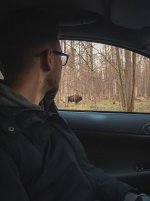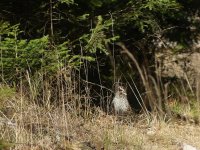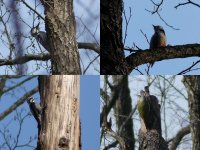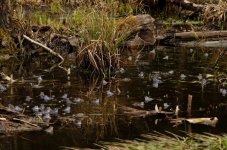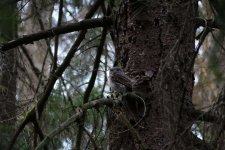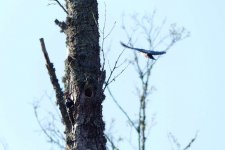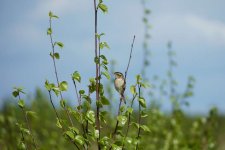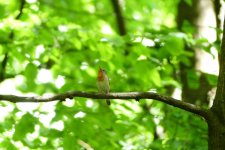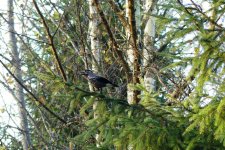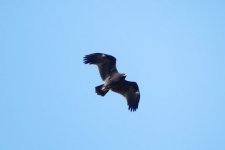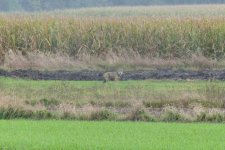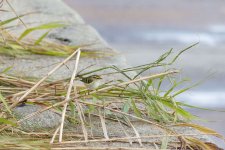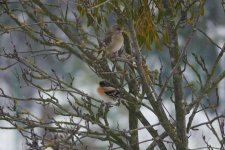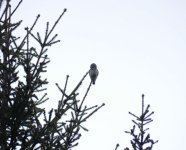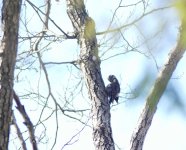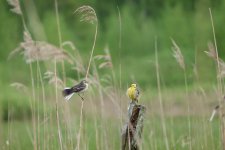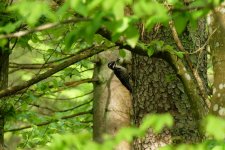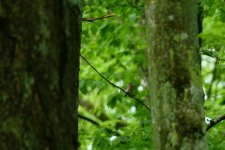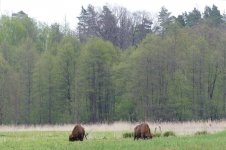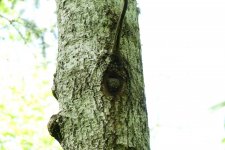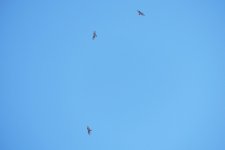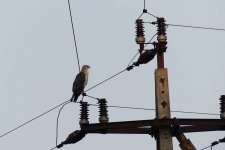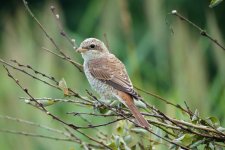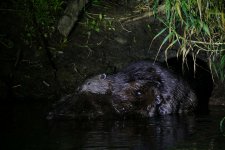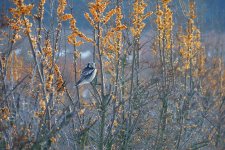oliwierpl
Well-known member
It looks like it has started. Early spring is just around the corner. Few weeks earlier than usually…
I searched for its signs in both habitats- in the Forest and on the Marshes.
On the Marshes there was several hundreds of Greylag, White-fronted and Tundra Bean Geese. Amogst them I saw rare Pink-footed Goose (only 4th in my life). So, migration of Geese has begun.
The Forest was suprisingly loud as for this time of year. Woodpeckers start to drum, Nuthatches are very active as well as small passerines. During 10km walk I noticed many wolves droppings, some of there were really fresh. Owls were also vocal, mostly due to a fullmoon… I also had a bit of Bison safari (see the attached picture)
(see the attached picture)
Possible dates for this spring tours are presented there: http://wildlifeguide.pl/early-spring-tours-2020/
Each trip has a possibility to extend it to Belarus to observe Great Grey Owl.
I searched for its signs in both habitats- in the Forest and on the Marshes.
On the Marshes there was several hundreds of Greylag, White-fronted and Tundra Bean Geese. Amogst them I saw rare Pink-footed Goose (only 4th in my life). So, migration of Geese has begun.
The Forest was suprisingly loud as for this time of year. Woodpeckers start to drum, Nuthatches are very active as well as small passerines. During 10km walk I noticed many wolves droppings, some of there were really fresh. Owls were also vocal, mostly due to a fullmoon… I also had a bit of Bison safari
Possible dates for this spring tours are presented there: http://wildlifeguide.pl/early-spring-tours-2020/
Each trip has a possibility to extend it to Belarus to observe Great Grey Owl.




